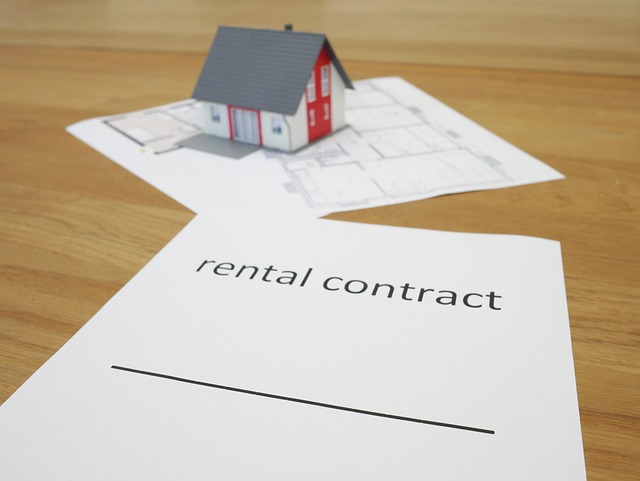Affordable and Energy-Efficient Prefabricated Homes UK 2025: Quick Installation and Modern Building Insights
Could prefabricated homes be a fast, sustainable solution to the UK’s housing shortage? In 2025, modular housing offers cost savings, energy efficiency, and faster delivery through advanced factory construction while meeting UK environmental and robust quality standards.

What Are Prefabricated Homes and How Are They Built?
Prefabricated, or modular, homes are residential buildings primarily constructed in factory environments before being transported and assembled on-site. Unlike conventional homes built entirely on location over many months, prefab homes involve producing discrete modules—such as structural walls, floors, plumbing, and electrical systems—within controlled conditions.
This method provides various advantages:
- Consistent Quality: Factory-controlled settings enhance workmanship and ensure compliance with UK building codes.
- Minimized Weather Delays: Construction setbacks caused by adverse weather are significantly reduced.
- Concurrent Workflows: While site foundations are prepared, modules are being built simultaneously, accelerating overall completion times.
Typically, once foundations are laid, a prefabricated home can be installed and assembled within several days to a few weeks based on complexity—much faster than traditional homes, which often require four to six months or longer.
Factors Affecting Affordability in UK Prefab Housing Markets
In the UK, prefabricated homes usually cost less than equivalently sized and quality conventional homes, with savings estimated between 10% and 25%. Price ranges fluctuate based on home size, customization options, and site-specific preparation requirements.
Key affordability drivers include:
- Reduced Labour and Material Waste: Factory production optimizes resources and minimizes excess.
- Shortened Construction Duration: Faster build periods decrease financing fees and overhead costs.
- Standardized Modular Designs: Economies of scale help reduce expenses.
Additional costs such as foundations, utility hookups, transportation, permits, and inspections also impact total outlay and vary by location and site conditions. Prospective buyers should investigate regional pricing and requirements carefully.
Energy Efficiency: A Central Advantage of Factory-Built Homes
Controlled factory construction greatly improves a home’s energy efficiency. Prefabricated residences frequently feature:
- Enhanced Insulation and Airtightness: Precise assembly techniques boost thermal retention.
- Lower Utility Bills: Improved building envelopes reduce heating and cooling demands.
- Integration of Renewable Technologies: Prefabs can be fitted with solar panels and battery storage systems.
These features are increasingly vital as the UK advances its sustainability agenda, including legislation like the Great British Energy Act (2025). The combination of reduced embodied carbon from minimized waste and decreased operational emissions aligns prefab homes with national decarbonisation targets.
Cutting-Edge Construction Techniques Enhancing Quality and Speed
The UK’s prefab housing industry has adopted advanced digital and manufacturing tools to improve precision, speed, and design adaptability:
- Building Information Modelling (BIM): Facilitates accurate designs, interference checks, and collaborative management.
- Artificial Intelligence (AI): Enhances supply chain coordination and project scheduling.
- Robotics and 3D Printing: Increase manufacturing accuracy and reduce human errors.
- Modular Design Adaptability: Supports easy future home expansions.
Thanks to these innovations, modern modular homes not only comply with but often surpass UK regulations, backed by third-party certification programs such as BOPAS. This improves lender and insurer confidence in prefabricated dwellings.
Versatile and Personalizable Designs for UK Buyers
Prefabricated homes today go far beyond cookie-cutter models. Modern modular houses offer a wide array of architectural styles—ranging from contemporary minimalist to traditional and farmhouse aesthetics. Interiors can be customized to fit lifestyles, including:
- Kitchen and bathroom layouts
- Choices of flooring and finishes
- Open-plan or segmented living arrangements
Moreover, the modular format makes scaling easier, allowing homeowners to add extra modules as family needs evolve.
Site Suitability and Logistical Considerations
Although prefab housing ensures rapid assembly, practical factors must still be addressed:
- Access and Transport: Moving large modules requires thorough logistics planning; narrow roads or difficult terrain may restrict feasibility.
- Preparation of Site: Foundations, utility connections, and permits need to be secured before delivery.
- Compliance with Local Regulations: Building codes and inspections remain mandatory.
These considerations influence project timing and costs, so detailed pre-construction assessments and planning are strongly advised.
Government Incentives and Market Trends in 2025
The UK Government, tackling housing shortages, sustainability goals, and labour deficits, has made Modern Methods of Construction (MMC)—including prefabrication—a key strategic focus. As of 2025:
- Minimum 25% of new homes are anticipated to use MMC.
- Planning policies encourage prefab adoption in affordable housing and public sector developments.
- Modular construction’s acceptance continues expanding across residential, healthcare, and commercial projects.
Combined with technological progress and better financing options, this trend positions prefabricated homes as a mainstream choice in the UK’s housing landscape.
Environmental and Social Advantages Beyond Cost and Speed
Prefab homes bring additional benefits for the environment and communities:
- Waste Minimization: Factory production can reduce material waste by up to 50%.
- Lower Carbon Emissions: Reductions occur both in embodied and operational carbon.
- Less Local Disruption: Quicker builds lessen noise, dust, and traffic impacts typical of conventional sites.
These positive attributes support broader UK objectives for sustainable development and an expanded social housing supply.
In conclusion, prefabricated homes in the United Kingdom 2025 provide an affordable, energy-efficient, and quickly installed housing option, powered by modern construction methods and reinforced by supportive policies. Their design flexibility, certified quality, and ecological merits form a viable alternative to traditional homes—especially where speed and environmental responsibility are priorities. Potential buyers and developers should carefully assess site conditions, regulatory demands, and market factors when considering prefabricated housing.
Disclaimer
Prices, availability, and financing terms for prefabricated homes in the United Kingdom vary by region, dealer, and current market conditions. Readers are advised to verify details with local manufacturers and authorities before making decisions.
Sources
- UK Government Housing and Construction Policy Reports 2025
- Building Information Modelling (BIM) UK Standards and Guidelines
- Buildoffsite Property Assurance Scheme (BOPAS) Documentation
- CoreHaus: Prefabricated & Affordable Housing Insights
- Cornerstone Projects: Modular Construction Developments 2025
- Industry Analyses on Prefabricated Homes and Sustainability Practices




